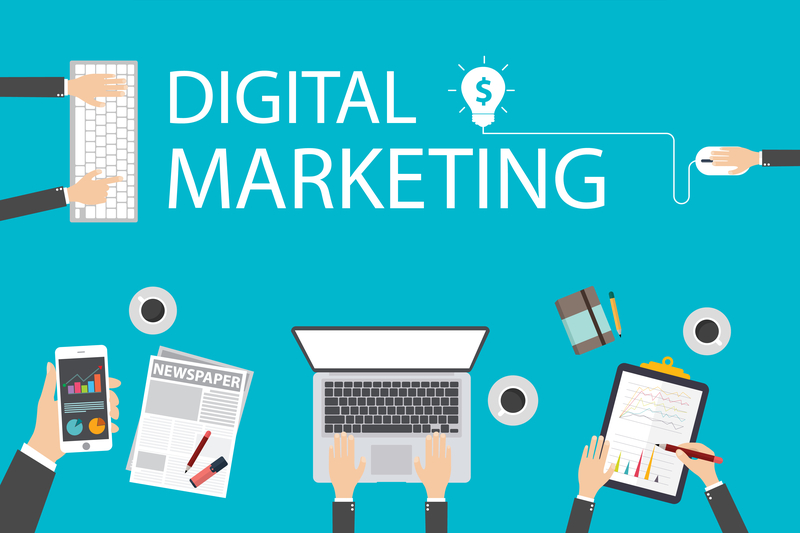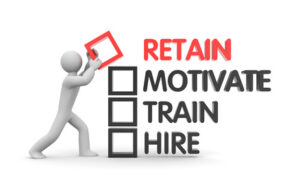 As Jim Nantz might open things up: “Hello, friends.”
As Jim Nantz might open things up: “Hello, friends.”
Last Thursday (Feb. 8), we had our first #HRTX 2018 event of the year in Arlington, VA at the home of Brazen, a chat/online event software platform for candidate attraction and engagement.
At the #HRTX event we had four “tracks,” where all the participants attend one of three facilitated discussions and then interact with the tech vendors in their fourth block. The three discussions were about:
- Diversity and inclusion;
- Employee referral programs; and,
- College recruiting.
Before we get into it, one other word of thanks to Brian Fink, a senior technical sourcing recruiter who served as the MC (master of ceremonies) of this event, and he’ll MC future #HRTX events in a city near you. So golf clap it up for him. (See how Jim Nantz keeps tying in here?)
The broadest overview possible in one Post-It Note
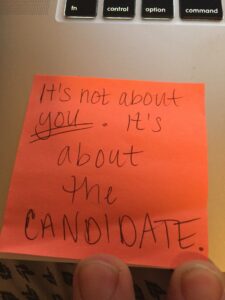 In each facilitated discussion during the #HRTX DC event, participants (TA professionals) wrote down observations from that discussion and posted them on a common area wall at Brazen.
In each facilitated discussion during the #HRTX DC event, participants (TA professionals) wrote down observations from that discussion and posted them on a common area wall at Brazen.
At the end of the day, we discussed some of the main observations. We had over 100 Post-It notes pinned to that wall, and this one might jump out more than any:
Remember this as we move on through.
Employee referrals: When do you pay the bonus?
This discussion on employee referrals was moderated in Arlington by Ben Gotkin, who’s also the founder of the Association of Talent Professionals, or ATAP.
One of the major discussion points was about the timing of the employee referral bonus. Many companies pay it 90 days or even 180 days out (six months), but paying the bonus more quickly (say, in one month) can create a better incentive for existing employees to make referrals. This has been backed up by research from Dr. John Sullivan and others.
Still, our own man William Tincup (President of RecruitingDaily) brought up a good point in these discussions: You want to make sure only “A-” and “B”-level talent are actively referring new candidates for open seats. If “D”-level talent refers employees, there’s a good chance the incoming hire may also be “D”-level talent.
It’s a hard truth we often don’t want to acknowledge.
One of those in attendance asked Tincup: “How do we know if someone is “A” or “D”?”
“You have to know,” he said (rightfully). “And if you don’t, think of it like this: if 20 percent of the people do 80 percent of the work, what 20 percent would you keeping in a financial reversal?” Those are the “A-” and “B”-talent, and that’s a direct reference to the Pareto Principle (aka, the 80-20 rule).
It’s important to also note here that referred hires have a 50 percent greater retention rate after six months on the job.
“The keys to any good referral process or program are responsiveness and speed,” said Gotkin several times throughout the day. “A lack of transparency absolutely kills referral programs. Communication is everything.”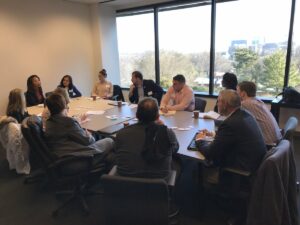
Some strategies that attendees noted included:
- Using affinity groups as a form of micro-targeting.
- Using more team-based hiring so that the hiring manager only has a portion of the decision control.
- Coach employees on how to approach their friends and former co-workers currently at other companies.
- “Buy back” 5-10 hours of employee time a week (ask their manager) and train them on how to effectively recruit and source.
- Worry less about “pipeline programs” from specific universities, as these can create homophily, or sameness of thought/approach — and that can doom companies in such a fast-moving time
College & University recruiting: It’s all about the technology
At #HRTX DC, this topic was moderated by Jo Weech.
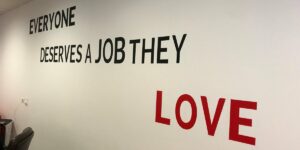 These discussions centered a lot around technology — and especially social media. The inherent dichotomy is this: Although some sectors of recruiting are getting younger, it remains largely an area dominated by 40/50 somethings.
These discussions centered a lot around technology — and especially social media. The inherent dichotomy is this: Although some sectors of recruiting are getting younger, it remains largely an area dominated by 40/50 somethings.
“The technologies you need to be using today weren’t around when some of these recruiters were in college, so there’s a learning curve,” admitted Weech.
Generation Z — those coming up after Millennials — aren’t using Facebook that much or even, for that matter, LinkedIn. You need to reach them with Snapchat and Instagram, such as McDonald’s did (high-volume hiring) with Snaplications. (The company just brought back Snaplications in late 2017 again.)
As with most hiring and sourcing, Weech noted several times, “relationships are everything.” Most candidates do ultimately want to know what’s in it for them — either in terms of salary, culture, potential for advancement, skill development, etc. You can leverage employees who went to those schools or served as interns. They can define the candidate experience and employee experience as they consider applying.
One concern that pops up in many discussions: How do you reach people on Snap and Insta if you don’t have dedicated social, or if marketing (which typically owns social) isn’t speaking to recruiting?
Again: the answer is communication.
Be clear about what you want and what you want to convey to your future workers on social. This is often called “employer branding,” and while that’s one way to describe it, really what you’re doing is showcasing what the experience of working there might be like. That’s it.
A TA professional from AKQA talked about the “Future Lions” program, which is a global student competition to attract the best talent possible. The winners receive an offer to any AKQA office in the world and an apartment for a year. Most companies admittedly cannot do this at the same scale AKQA can, and that was discussed, but there is potential for local “hack-a-thons” or problem-solving competitions (i.e. case study competitions) to draw out some of the best talent in your area. You can consider making them offers based on these types of competitions, whether they’re global in nature or not. (Most won’t be global, no.)
 Remember this: Per most statistics, 72 percent of recruiting across multiple industries is happening through referrals. When you combine Gotkin’s session and Weech’s session, then, it’s extremely important to think about how you’re reaching potential candidates and how they’re perceiving you.
Remember this: Per most statistics, 72 percent of recruiting across multiple industries is happening through referrals. When you combine Gotkin’s session and Weech’s session, then, it’s extremely important to think about how you’re reaching potential candidates and how they’re perceiving you.
Diversity and inclusion: More than skin color or gender
This #HRTX DC facilitation was led by Torin Ellis.
As you would expect, this was the most emotional discussion, with one recruiter from Capital One referring to diversity and inclusion discussions as “the dream deferred.”
One of the common themes here was that diversity and inclusion needs to be owned by all, as opposed to executives pushing it to HR or sub-populations that look like they should be owning diversity.
“If you value meritocracy, diversity will happen more naturally” was said by several TA professionals throughout the day.
Another common refrain: “Diversity shouldn’t just be a metric,” because that leads itself to box-checking. Marcia Call, who was at the event, actually wrote a LinkedIn post on this semi-recently titled “Diversity is a process, not a word.”
In the same vein, one recruiter compared diversity processes to going to the gym.
You don’t go to the gym for one day and expect to look like Mark Wahlberg. You need to put in time and effort, and then sometime down the road, you see results. But too many companies still view diversity as something that can be a “quarterly initiative” or something similar, and that’s not enough time to see results.
We also talked about the old CFO-CEO joke:
CFO: “What if we train these people and they leave for competitors?”
CEO: “What if we don’t train them … and they stay?”
One of the concerns was that companies are risk-averse, and like to do things the way they’ve always done things — which limits opportunities for training, which in turn limits increased efforts at D&I. There are companies countering this, however: Infosys University is one example, as is the Google-Coursera partnership.
These efforts at learning and training are important because diversity is more than just skin color or gender. While those are incredibly important, we’re also talking about the need for cognitive diversity and experience. A cluster of people who all think, look, and act the same is a company ripe for disruption.
And yes, it is true that Google and Infosys have billions of dollars and can offer more robust learning programs — and, indeed, it’s also true that Google’s own diversity has been questioned.
These are complicated, extremely nuanced issues — which is why it’s so important to be having conversations about them and viewing them as real business initiatives as opposed to a box to check.
As Torin noted in one session:
If you want to understand the commitment to diversity, when you go into a new company, ask to see the meeting and travel schedules of the top decision-makers. See who they are meeting with and traveling to see. Then you can see how big a commitment to diversity and inclusion there really is.”
Very powerful — and true.
We also talked about GapJumpers, a blind screening process, and BayAreaCodes as a way to source talent. Several TA professionals brought up New America’s Better Life Lab as well.
Next up: #HRTX heads to Dallas/Fort Worth
 There are seven (7) more #HRTX events this year, and our next #HRTX 2018 event on March 8, 2018, will be in Dallas at 9 am at the TopGolf HQ.
There are seven (7) more #HRTX events this year, and our next #HRTX 2018 event on March 8, 2018, will be in Dallas at 9 am at the TopGolf HQ.
The #HRTX event runs from 9 am-2 pm, and there’s a host of incredible insights throughout the day.
The learnings will be as deep in Dallas as what went down at #HRTX DC this month. If you’re a recruiter (or know someone who is) in north Texas or within a reasonable travel distance, you definitely should consider joining us in March.
I’ll be at this event as well (I’m based there), and this time I’ll be looking to speak to more vendors for the recap article. So if you’re a subject matter expert or have a tech solution that can benefit TA professionals, please reach out as well. I would love to connect.
 In Part 1 of How to Reach Passive Candidates Using Facebook Ads: It’s About the Context!, I spoke about considering the context of your ad content.
In Part 1 of How to Reach Passive Candidates Using Facebook Ads: It’s About the Context!, I spoke about considering the context of your ad content.






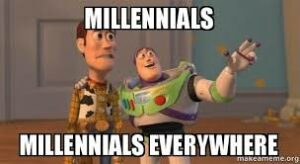


















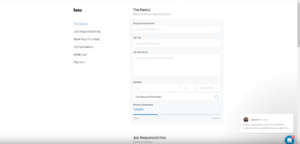 First, fill out
First, fill out  Dean Da Costa is best known for his work in the highly specialized secured clearance and mobile arenas, where he has been a top performing recruiter and sourcer. Dean’s keen insight and creation of innovative tools and processes for enhancing and changing staffing has established Dean as one of the top authorities in sourcing and recruiting.
Dean Da Costa is best known for his work in the highly specialized secured clearance and mobile arenas, where he has been a top performing recruiter and sourcer. Dean’s keen insight and creation of innovative tools and processes for enhancing and changing staffing has established Dean as one of the top authorities in sourcing and recruiting.



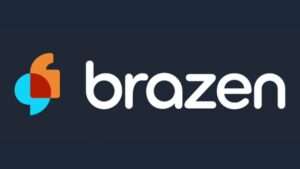
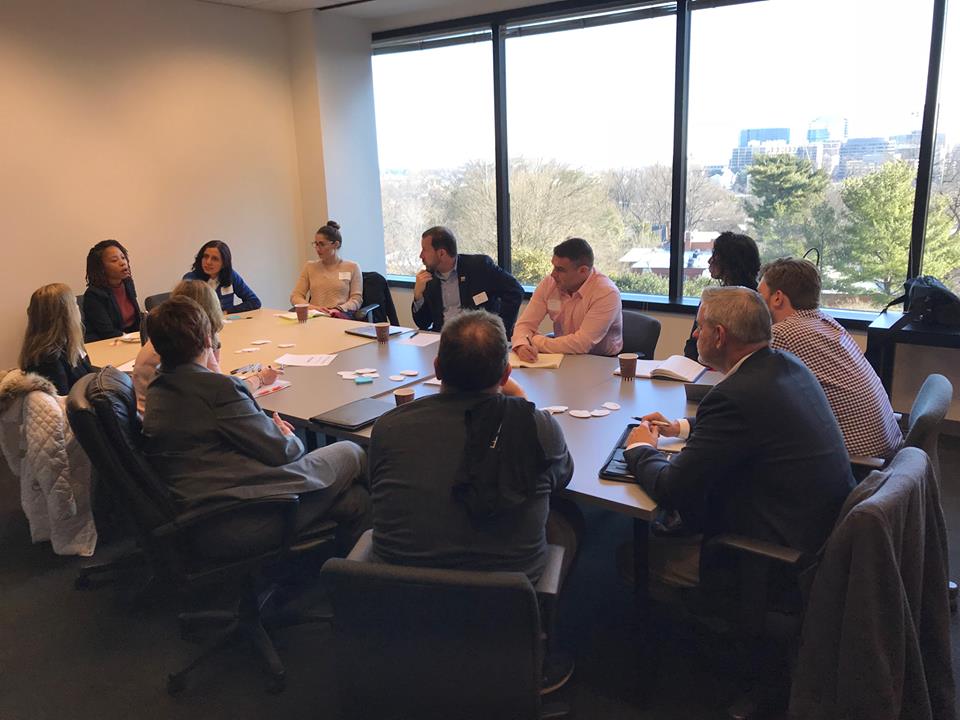
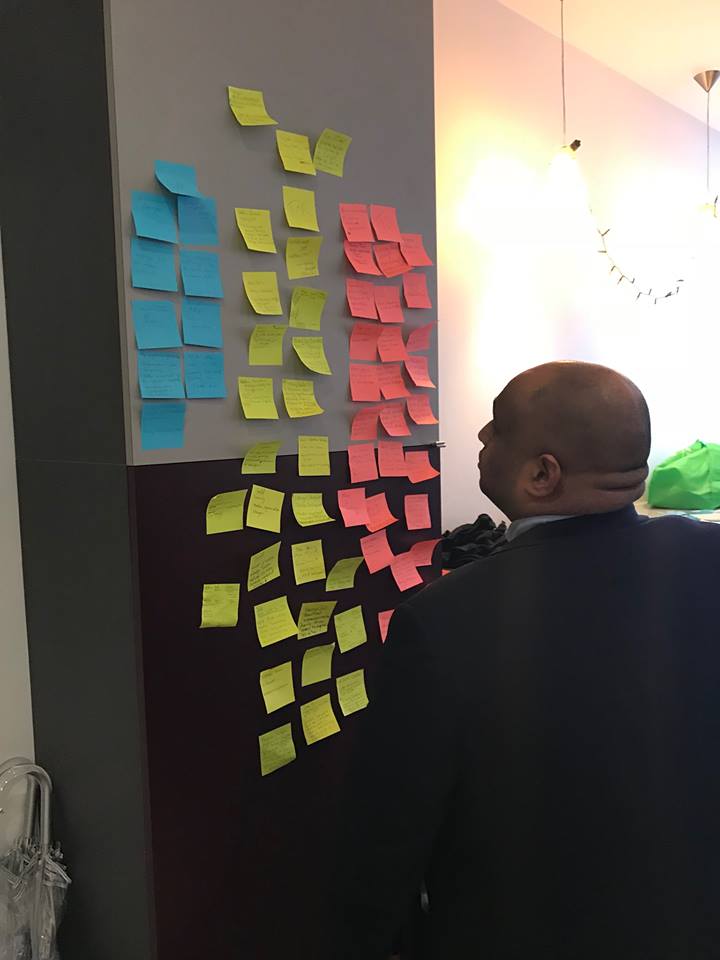 how we’ve been conditioned. So unless you plan on reversing decades of conditioning brought on by technology, you need to play by their rules.
how we’ve been conditioned. So unless you plan on reversing decades of conditioning brought on by technology, you need to play by their rules. 




